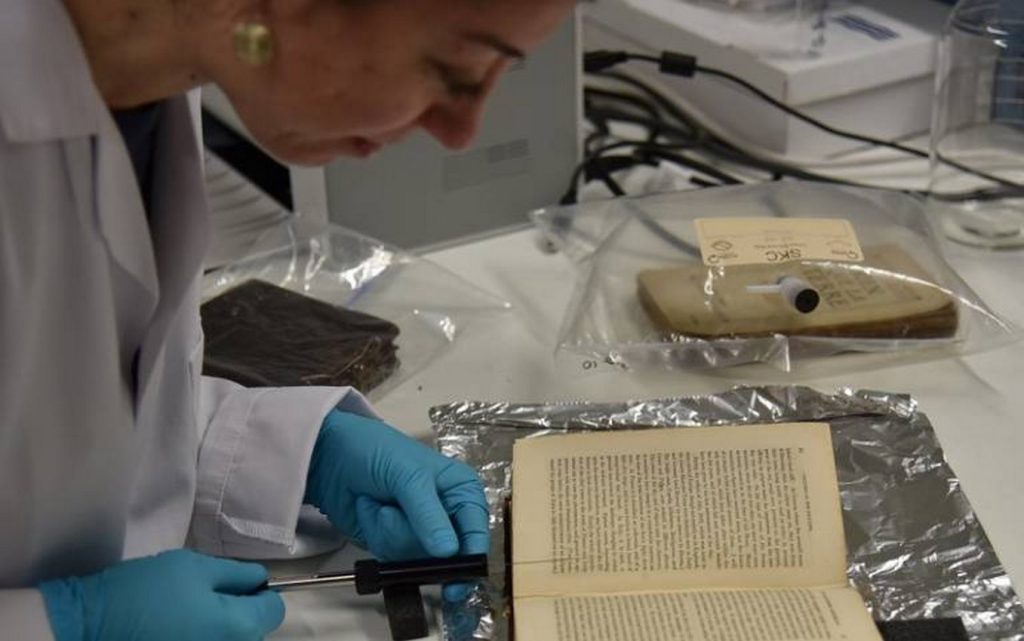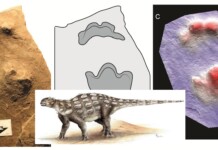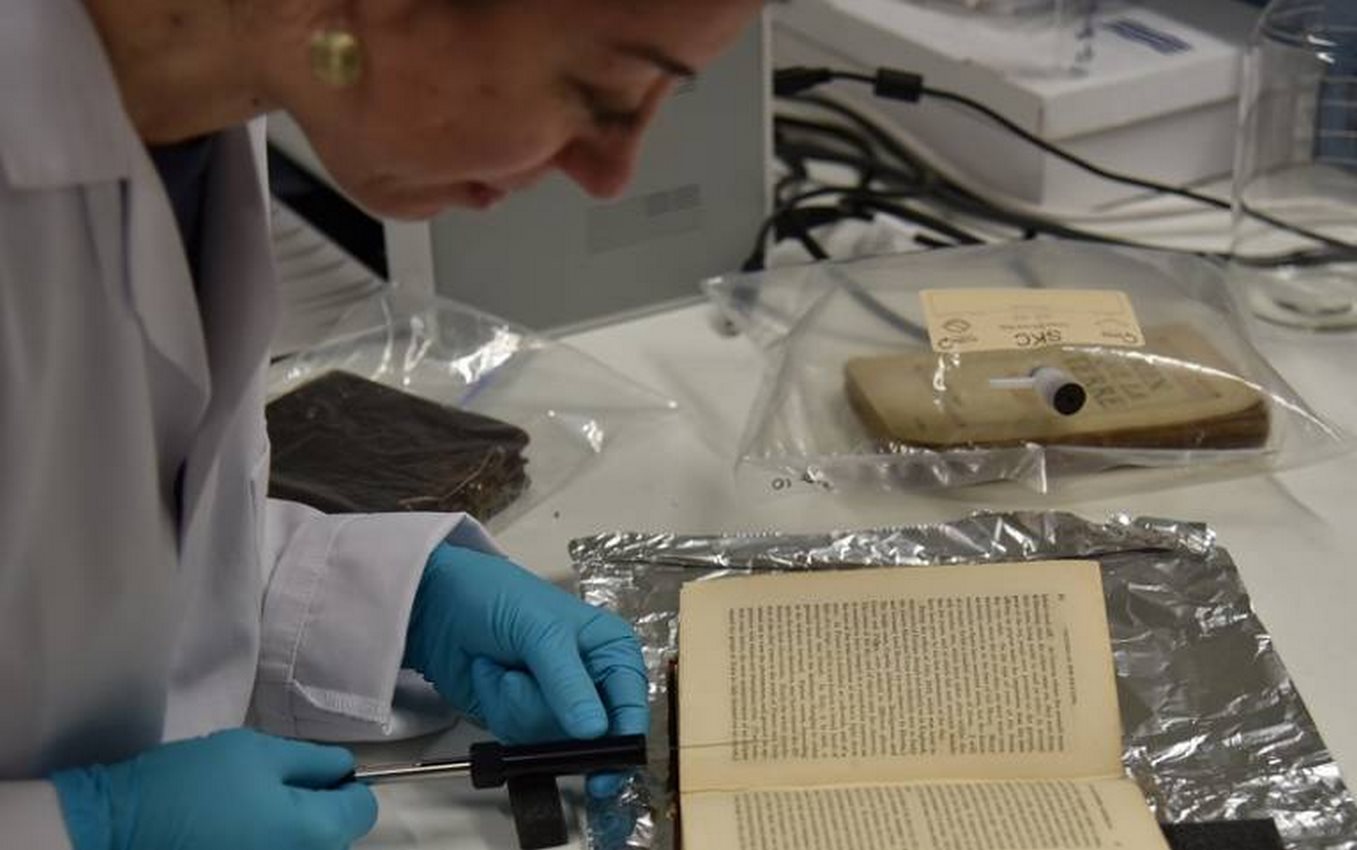
Sometimes, the most powerful jolt of nostalgia one can feel is that which comes after picking up the scent of something iconic of one’s childhood.
Now, scientists are using artificial intelligence (AI) to research past and present smells of Europe to identify and trace their link to language, places, cultural practices and emotions, taking this concept from the individual to the societal level.
The goal of the project, called “Odeuropa” is to show that critically engaging our sense of smell and our scent heritage is an important and viable means of connecting and promoting Europe’s tangible and intangible cultural heritage.
Odeuropa will find references to smells such as disease-fighting perfumes, tobacco or the stench of industrialization in historic literature and paintings using AI techniques, aiming to teach the computer to see a smell.
The information gathered will be stored in a database called the European Olfactory Knowledge Graph, with academics from University College London’s (UCL) Institute for Sustainable Heritage (ISH) leading the work on olfactory heritage science, involving historic scent preservation and communication.
“From the perspective of heritage sites, it’s really interesting to focus on smells such as the smell of old books in the frame of Odeuropa,” said Professor Matija Strlic at the ISH. “Old smells or smells of objects tell us a lot about how those objects degrade, how they can be preserved and also how those smells can be conserved.”
Odeuropa, began with €2.8m ($3m) of funding from the EU Horizon 2020 program. Now in 2022, they’ve already put their Knowledge Graph to work at The Hague, with a special museum exhibit, called “Fleeting- Scents in Color” which conjures the smells of Amsterdam from the Dutch Golden Age, with a particular focus on the canals.
It’s difficult work, and it’s not clear exactly how the process should proceed, Odeuropa members explained recently to the Guardian.
“We are trying to decide if it matters academically whether we preserve authentic smells with the right chemicals or whether we simply try to evoke an experience by creating a similar effect today,” said Dr. Cecilia Bembibre a research associate at the ISH.
“We really want to engage communities,” Bembibre adds. “There are ‘nose witnesses’ alive now who can help us recreate smells from their childhoods or from trades that no longer exist.”
Computer linguistics expert Sara Tonelli (Fondazione Bruno-Kessler, Italy) explained in 2020 that their goal is “to develop a ‘computer nose’ able to trace scents and olfactory experiences in digital texts over four centuries and seven languages.”
The ISH team’s expertise in engaging with the heritage sector will be used to share the key scents of Europe in museums between 2021 and 2023, allowing everyone to experience the past through scents.
Give Your Friends A Whiff Of This Good News…




















